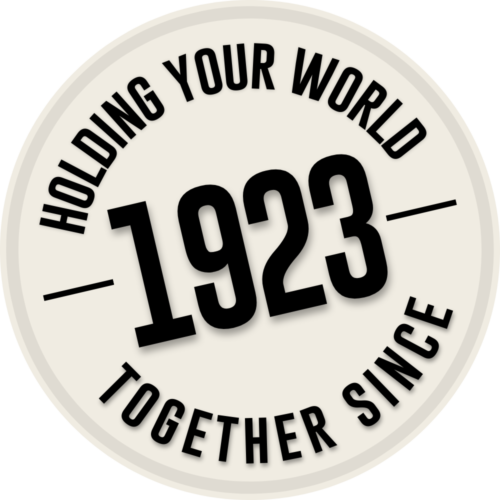In order to provide guidance in the selection of rubber materials, the Society of Automotive Engineers (
SAE) and the American Society for Testing and Materials (
ASTM) established ASTM D2000. The overwhelming majority of specifications for rubber compounds are based on ASTM D2000, “Standard Classification for Rubber Products in Automotive Application.” Don’t let the title fool you, though. This standard applies to just about all industries (including aerospace, medical, and construction).
Durometer, also known as Shore durometer, is a standardized way to measure the hardness of materials like rubber and plastics. The scale ranges from 0 to 100, and the higher the number, the harder the compound. “70 Shore A” is the standard for EPDM which means that “60 Shore A” is softer and “90 Shore A” is very hard. To be more specific, the ASTM D2000 Specification for EPDM is 70 (+/- 5). However, the full range available for EPDM is anywhere from 30 Shore A to 90 Shore A.
Tensile Strength is the resistance of a material to stretch. Typically expressed as pounds per inch at the breaking point. The ASTM D2000 Specification for EPDM is 2031 psi. The typical range available for EPDM is between 500-2500 psi.
Elongation is the maximum a product can stretch before breaking. It is expressed as a percentage reflecting the size of the product when it breaks vs. its starting point. Typical elongation for EPDM is 600%. While this might be a very important aspect, depending on the end use, there is not a specific ASTM D2000 requirement for elongation.
Compression Set is the amount of permanent deformation that occurs when a material is compressed to a specific deformation, for a specified time, at a specific temperature. The ASTM D2000 requirements for EPDM (using a compression set of 22 hours at 125˚ C) call for a permanent set of 25%. This represents the percentage of the original compression (25%) that is not recovered.
Where can I buy a custom manufactured EPDM product?
The coronavirus pandemic has disrupted the demand and supply chain of many products, including EPDM. This has left many struggling to find a domestic supplier. According to a recent publication from
Thomasnet, “One in five companies had production facilities in China, the country first affected in the pandemic.” The same report went on to say that in May/June of 2020, the number of North American manufacturers looking to source domestically skyrocketed to a staggering 69%.
As a custom rubber manufacturer since 1923, Alliance is equipped to formulate
custom EPDM compounds specifically designed for your application.





